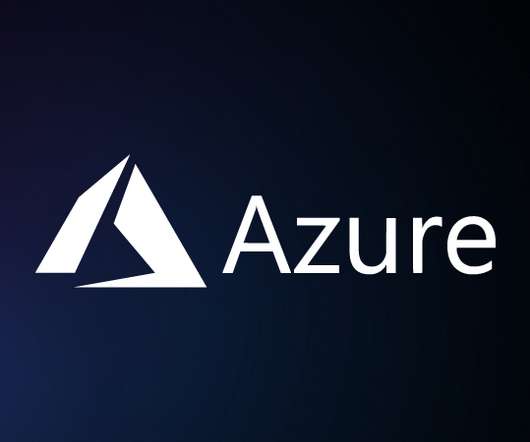Azure Well-Architected Framework: What it is and how to tame it with AI and automation
Dynatrace
APRIL 21, 2022
The Framework is built on five pillars of architectural best practices: Cost optimization. Each pillar brings business and technology leaders together to help organizations choose architecture options that best strategically align to their specific business priorities as they begin their cloud journey. Missing caching layers.











Let's personalize your content